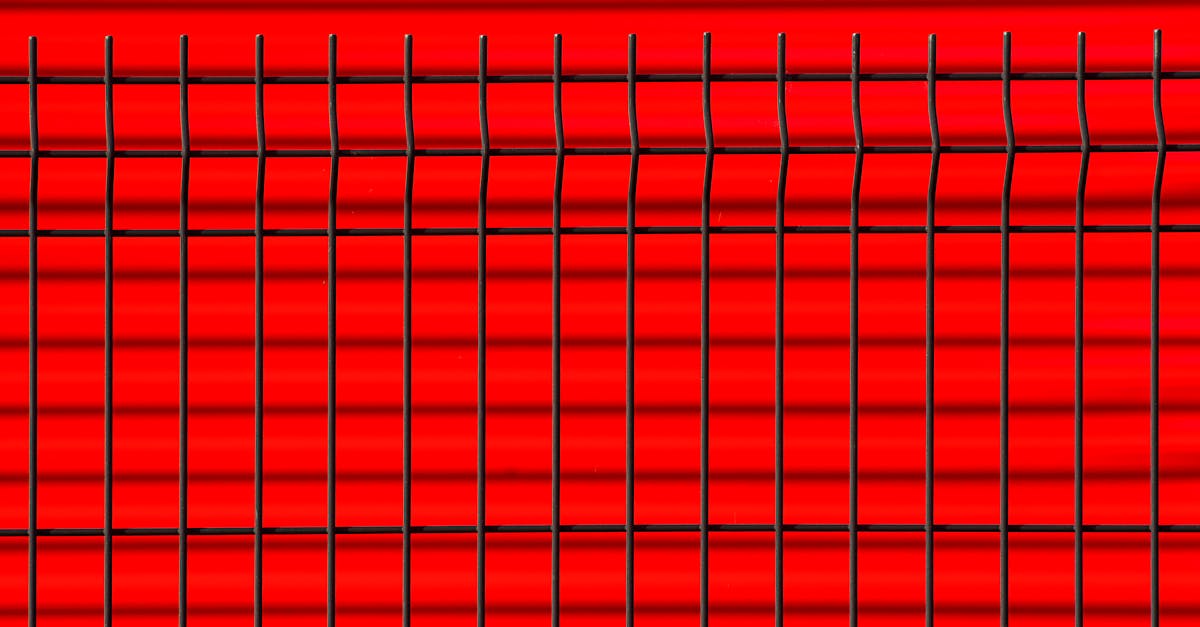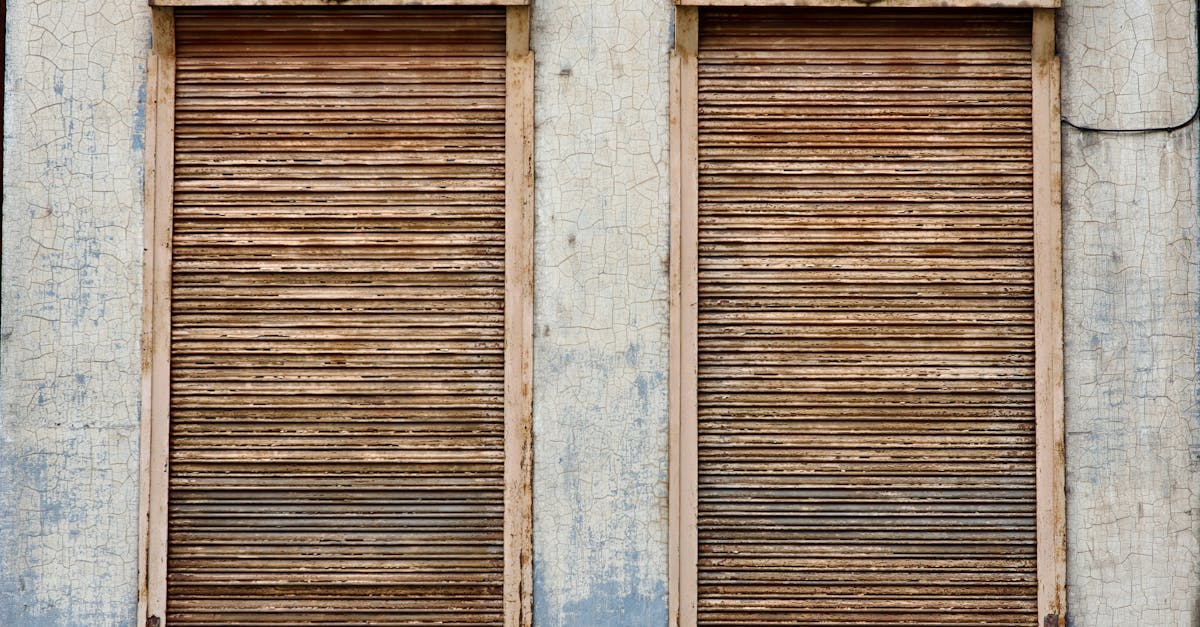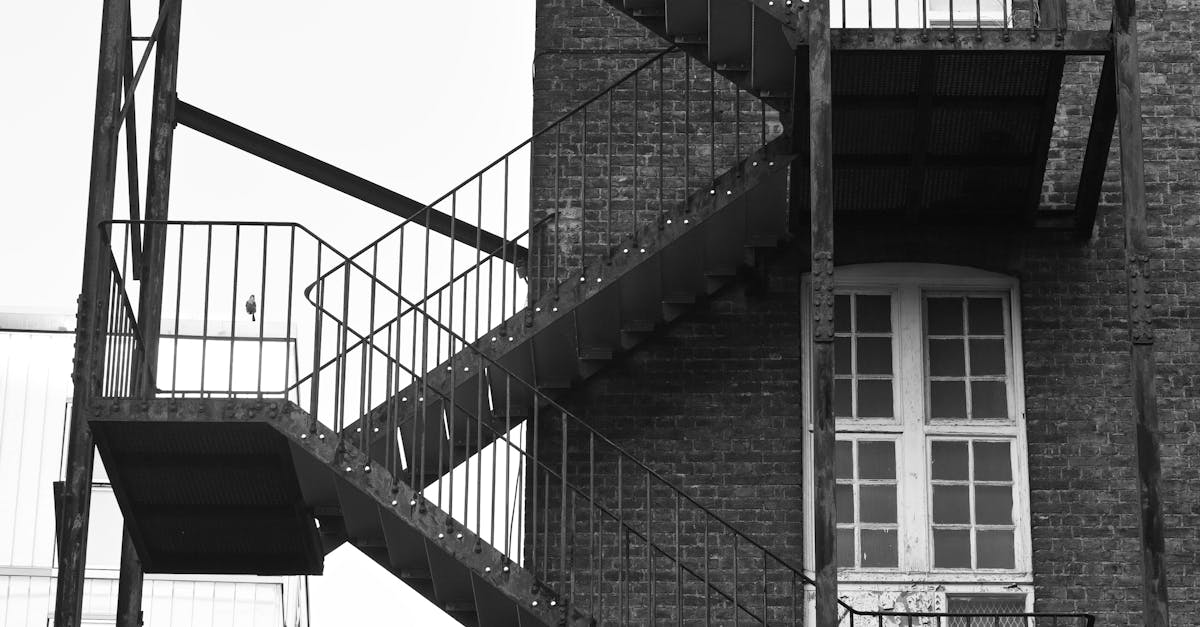
Table Of Contents
Installing the New Faucet
Begin by ensuring that all tools and materials are at hand before starting the faucet installation. Clear the area around the sink to provide ample workspace. Align the new faucet with the mounting holes in the sink. Use the provided gasket to create a watertight seal between the faucet base and the sink surface. Secure the faucet in place by tightening the mounting nuts underneath the sink. Take care not to overtighten, as this could damage the sink or faucet.
Once the new faucet is securely in place, proceed with connecting the water supply lines. Ensure that the connections are snug but not excessively tight. It is important to carefully follow the manufacturer’s instructions for your specific model. After connecting the water supply, check all fittings to ensure they are properly sealed. Faucet installation and repair require attention to detail, so any misalignments should be corrected before testing for leaks.
Following Manufacturer Instructions
Each faucet comes with specific installation guidelines provided by the manufacturer. These instructions are designed to ensure that the installation process is straightforward and that the faucet performs optimally. Before starting, review the manual thoroughly to familiarise yourself with the components and tools required. Take note of any special considerations or recommendations, which may vary based on the model you have chosen.
Adhering closely to these guidelines is vital to achieving a successful installation. If the manufacturer specifies a particular sequence of steps for assembly, follow these precisely to prevent issues later on. Incomplete or incorrect assembly can lead to leaks or malfunctions, which may result in costly repairs. Remember that proper faucet installation and repair depend on attention to detail and proper adherence to the manufacturer's advice.
Connecting the Water Supply Lines
When connecting the water supply lines to your new faucet, begin by ensuring that the shut-off valves beneath the sink are turned off. This will prevent any accidental water flow while you're working. Check the connections on the new faucet to identify the hot and cold water supply lines. Often, the hot water line is marked with a red colour, while the cold one is marked in blue. Use adjustable pliers to tighten the connections but avoid over-tightening, as this can damage the fittings.
Next, inspect the threads on the supply lines for any signs of wear or damage before connecting them to the faucet. Apply plumber's tape to the threads to ensure a solid seal and prevent leaks, especially if the connection feels loose. After everything is securely fastened, it’s crucial to ensure proper sealing. Faucet installation and repair can sometimes lead to unforeseen issues if not executed correctly, so take care to double-check each connection before moving on to testing for leaks.
Ensuring Proper Fit and Sealing
When installing a new faucet, ensuring a proper fit and adequate sealing is crucial for preventing any leaks that may arise over time. Before securing the faucet in place, check that it sits evenly on the basin or countertop. Adjust the mounting hardware as necessary to maintain a level position. Proper alignment not only enhances the aesthetic but also contributes to the longevity of the installation. Pay attention to the rubber or silicone gasket included with most faucets, as this will create a waterproof barrier.
Once the faucet is positioned correctly, it's time to tighten the mounting nuts. Be cautious not to over-tighten, as this can damage the sink or faucet body. After fastening everything securely, it's crucial to inspect the sealing around the base of the faucet. Ensuring proper fit and sealing greatly impacts faucet installation and repair. A little diligence during this stage can save considerable time and effort down the line, helping to maintain a leak-free setup.
Testing for Leaks
After completing the faucet installation and connecting the water supply lines, it's crucial to check for leaks to ensure proper functioning. Start by turning on the water supply gradually. Observe the faucet for any signs of water dripping or pooling around the base. It's also wise to inspect the connections beneath the sink. Any leaks at these junctions can lead to water damage or increase your water bill significantly.
If you notice any leaks during your initial test, tighten the connections gently. Be cautious not to over-tighten, as this may damage the fittings. In cases where leaks persist, it may be necessary to revisit the faucet installation and repair procedures. Ensuring a secure and leak-free installation will provide peace of mind and enhance the longevity of your new faucet.
Steps to Check Proper Installation
After completing the installation, it is essential to verify that everything is in order. Begin by turning on the water supply and checking the connection points for any signs of leakage. Observe the areas where the water supply lines connect to the faucet. Any dripping or moisture indicates a potential problem that needs to be addressed immediately. Pay close attention to the seals and washers as these components play a critical role in preventing leaks.
Next, test the faucet's operation by running both hot and cold water. Ensure that the water flows smoothly and that the handles respond properly. Additionally, check for any unusual noises during operation. A well-installed faucet should function quietly without any hissing or rattling. Proper testing is crucial, as fails in faucet installation and repair can lead to significant water wastage or damage in the long term.
FAQS
What tools do I need to replace an old faucet?
To replace an old faucet, you will typically need a basin wrench, adjustable wrench, screwdriver, plumber's tape, and a bucket to catch any water.
How do I know if my new faucet is compatible with my sink?
Check the specifications of the new faucet, including the number of holes required and their spacing, to ensure it matches the configuration of your sink.
Can I install a new faucet without professional help?
Yes, many homeowners can successfully install a new faucet by following manufacturer instructions and taking the proper precautions. However, if you are uncomfortable with plumbing tasks, it may be wise to consult a professional.
What should I do if I encounter a leak after installation?
If you notice a leak, first turn off the water supply and check all connections to ensure they are tight and properly sealed. If the leak persists, refer to the installation instructions or consider seeking professional assistance.
How often should I replace my kitchen or bathroom faucet?
Kitchen and bathroom faucets can last anywhere from 10 to 20 years, but it's a good idea to replace them sooner if you notice leaks, changes in water flow, or if they appear outdated.





























